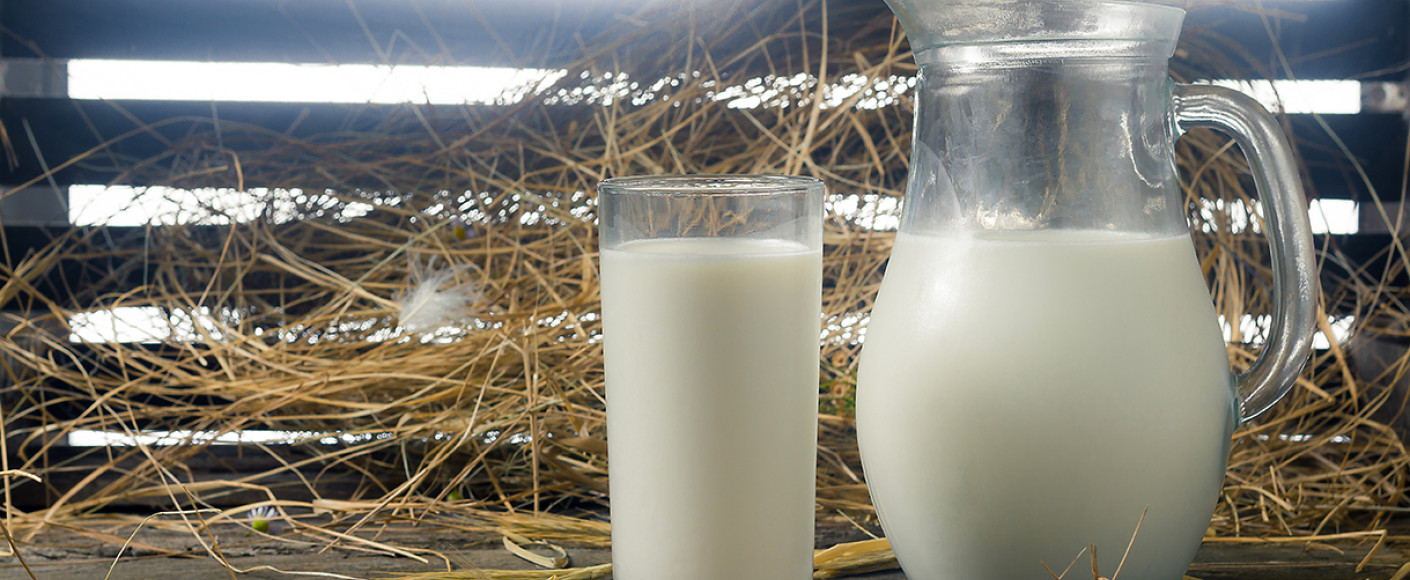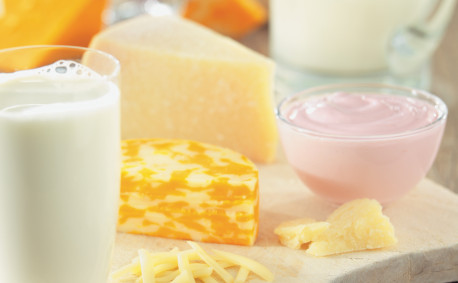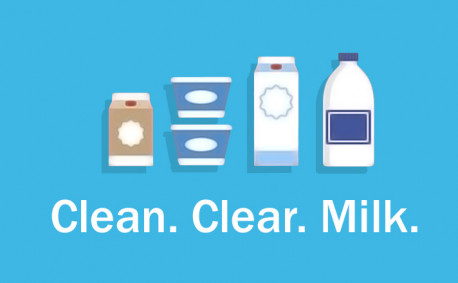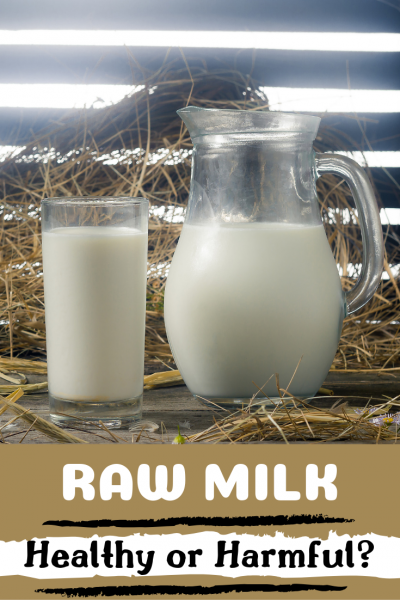Get the Facts About Raw Milk
Perhaps you’ve heard about raw milk. Some people believe it’s a healthy, wholesome form of dairy. However, raw milk can contain harmful bacteria. That’s why it’s illegal for raw milk to be sold in retail outlets in Kansas, although farmers can sell raw milk directly on their farms. We love our Kansas farmers, and want to be sure families understand what goes into the food they eat. If you’re considering trying raw milk, here’s what you need to know.
What Is Raw Milk?
First off, what is it? Raw milk is milk that has not been pasteurized. Pasteurization is a process that involves rapidly heating then cooling milk to kill harmful bacteria. Pasteurization does inactivate certain enzymes and reduces trace nutrients. However, these changes are so slight, they have no significant effect on our health. Milk contains 13 essential nutrients, and pasteurization doesn’t affect milk’s overall nutritional value. Pasteurization also has no effect on the taste of milk. But it does ensure milk is safe for your family to drink.
Both pasteurized and raw milk contain milk proteins and can affect people with lactose intolerance and dairy sensitivity.
Fun fact: Pasteurization is also used in producing certain beer and wines.
Homogenization is another process milk goes through before ending up on the grocery store shelf. Homogenization keeps cream from separating by breaking down the fat molecules to keep them evenly dispersed throughout the liquid. It improves the consistency and quality of milk, and doesn’t affect taste or nutrition.
Is Raw Milk Safe to Drink?
There are many risks in drinking raw milk because it can contain bacteria, including:
- E. coli
- Listeria
- Campylobacter
- Salmonella
- Brucella
- Cryptosporidium
Before pasteurization was common, raw milk caused illnesses such as tuberculosis, typhoid fever and diphtheria. More recently, it’s been responsible for E. coli and campylobacteriosis outbreaks in the United States. In fact, the risk of an outbreak caused by raw milk is more than 150 times greater than that of pasteurized milk.
The Food and Drug Administration (FDA), the Centers for Disease Control and Prevention (CDC), the American Medical Association and the American Academy of Pediatrics recommend drinking only pasteurized milk.
Do Farming Practices Affect the Safety of Raw Milk?
It doesn’t matter if raw milk is made from an animal that is grass- or grain-fed, it can still be contaminated with bacteria. Organic raw milk can also contain bacteria, as can products like yogurt, cheese and ice cream made from raw milk. That’s why it’s so important for milk to go through the pasteurization process.
Fun fact: Ultra-high temperature pasteurization is a form of pasteurization that helps extend the shelf life of some dairy foods.
Although children, elderly and people with weakened immune systems are more likely to get sick from contaminated raw milk, it can harm healthy adults, too.
To learn more, visit the Midwest Dairy website.





